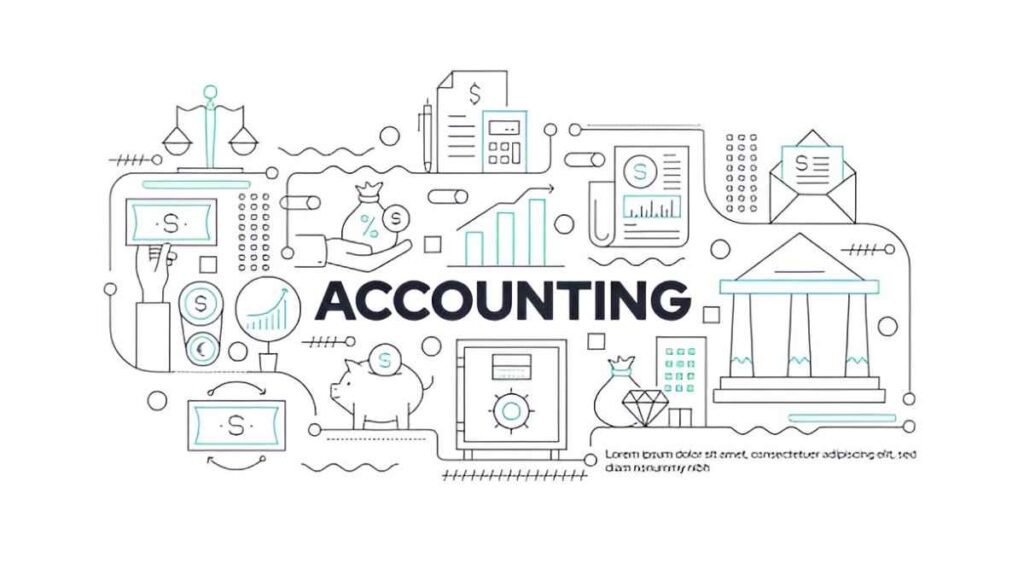Integrated Logistics Management is a strategic approach to managing the flow of goods, information, and resources across the supply chain in a coordinated and cohesive manner. It involves integrating various logistics functions, including transportation, warehousing, inventory management, and information systems, to optimize efficiency, reduce costs, and enhance customer satisfaction. Understanding integrated logistics management is essential for learners interested in supply chain management and operations.
Table of Contents
What is Integrated Logistics Management?
Integrated Logistics Management is a comprehensive and coordinated approach to managing logistics activities across the supply chain. It involves integrating and aligning various functions, processes, and resources to ensure seamless flow and coordination of goods, information, and resources from suppliers to customers.
Key Points:
- Comprehensive Approach: Integrated logistics management encompasses all aspects of logistics, including transportation, warehousing, inventory management, and information systems, to optimize the flow of goods and information across the supply chain.
- Coordination and Alignment: It emphasizes coordination and alignment of logistics activities and processes to minimize delays, reduce costs, and improve overall efficiency.
- Customer Focus: Integrated logistics management focuses on meeting customer needs and expectations by delivering products and services in a timely and cost-effective manner.
Elements of Integrated Logistics Management
- Transportation: Transportation involves the movement of goods from suppliers to customers using various modes of transportation, such as trucks, ships, trains, and airplanes. Integrated logistics management focuses on optimizing transportation routes, modes, and carriers to minimize costs and delivery times.
- Warehousing: Warehousing includes the storage, handling, and distribution of goods within facilities such as warehouses, distribution centers, and fulfillment centers. Integrated logistics management seeks to optimize warehouse operations, layout, and inventory management practices to improve efficiency and responsiveness.
- Inventory Management: Inventory management involves the control and optimization of inventory levels to meet customer demand while minimizing holding costs and stockouts. Integrated logistics management employs techniques such as just-in-time (JIT) inventory, demand forecasting, and inventory optimization to ensure the right products are available at the right time and place.
- Information Systems: Information systems play a crucial role in integrated logistics management by providing real-time visibility, tracking, and monitoring of goods and information across the supply chain. Integrated logistics management utilizes technologies such as enterprise resource planning (ERP), warehouse management systems (WMS), and transportation management systems (TMS) to enhance communication, collaboration, and decision-making.
Example of Integrated Logistics Management
A notable example of integrated logistics management is Amazon’s supply chain operations. Amazon has built a highly integrated and efficient logistics network that spans warehouses, fulfillment centers, transportation assets, and information systems to deliver a seamless and reliable shopping experience to customers.
When a customer places an order on Amazon’s website, the order is processed, picked, packed, and shipped from the nearest fulfillment center using automated systems and robotics technology. Amazon optimizes transportation routes and modes to ensure fast and cost-effective delivery, leveraging its own fleet of trucks, planes, and delivery vans, as well as third-party carriers.
Throughout the entire process, Amazon’s information systems provide real-time visibility and tracking of orders, inventory levels, and shipments, allowing for proactive management and resolution of any issues that may arise. By integrating logistics functions and leveraging technology, Amazon delivers millions of packages to customers worldwide quickly and efficiently.
Benefits of Integrated Logistics Management
Cost Reduction: Integrated logistics management helps reduce costs by optimizing transportation, warehousing, and inventory management practices, minimizing inefficiencies and waste.
Improved Efficiency: By coordinating and aligning logistics activities, integrated logistics management improves overall efficiency and responsiveness, enabling faster order fulfillment and delivery times.
Enhanced Customer Satisfaction: Integrated logistics management focuses on meeting customer needs and expectations by delivering products and services in a timely and reliable manner, enhancing customer satisfaction and loyalty.
Challenges and Considerations
Complexity: Managing integrated logistics operations can be complex, requiring coordination and collaboration across multiple functions, departments, and partners in the supply chain.
Technology Integration: Integrating and aligning information systems and technology platforms can be challenging, especially when dealing with legacy systems or disparate technologies.
Risk Management: Integrated logistics management involves managing risks such as disruptions, delays, and uncertainties in the supply chain, requiring proactive planning and mitigation strategies.
Conclusion
Integrated Logistics Management is a strategic approach to managing logistics activities across the supply chain in a coordinated and cohesive manner. By integrating transportation, warehousing, inventory management, and information systems, integrated logistics management optimizes efficiency, reduces costs, and enhances customer satisfaction. Understanding the elements, benefits, and challenges of integrated logistics management is essential for learners interested in supply chain management and operations in today’s global marketplace.





